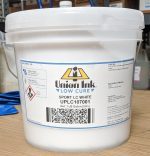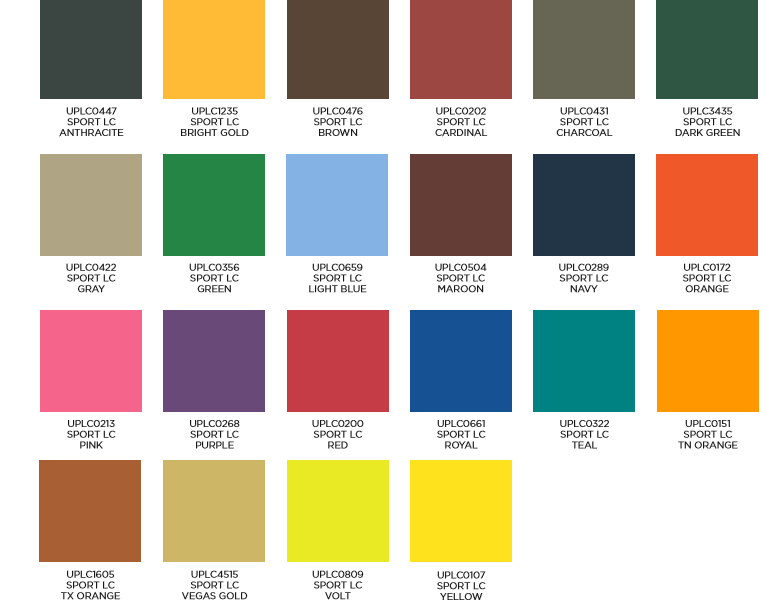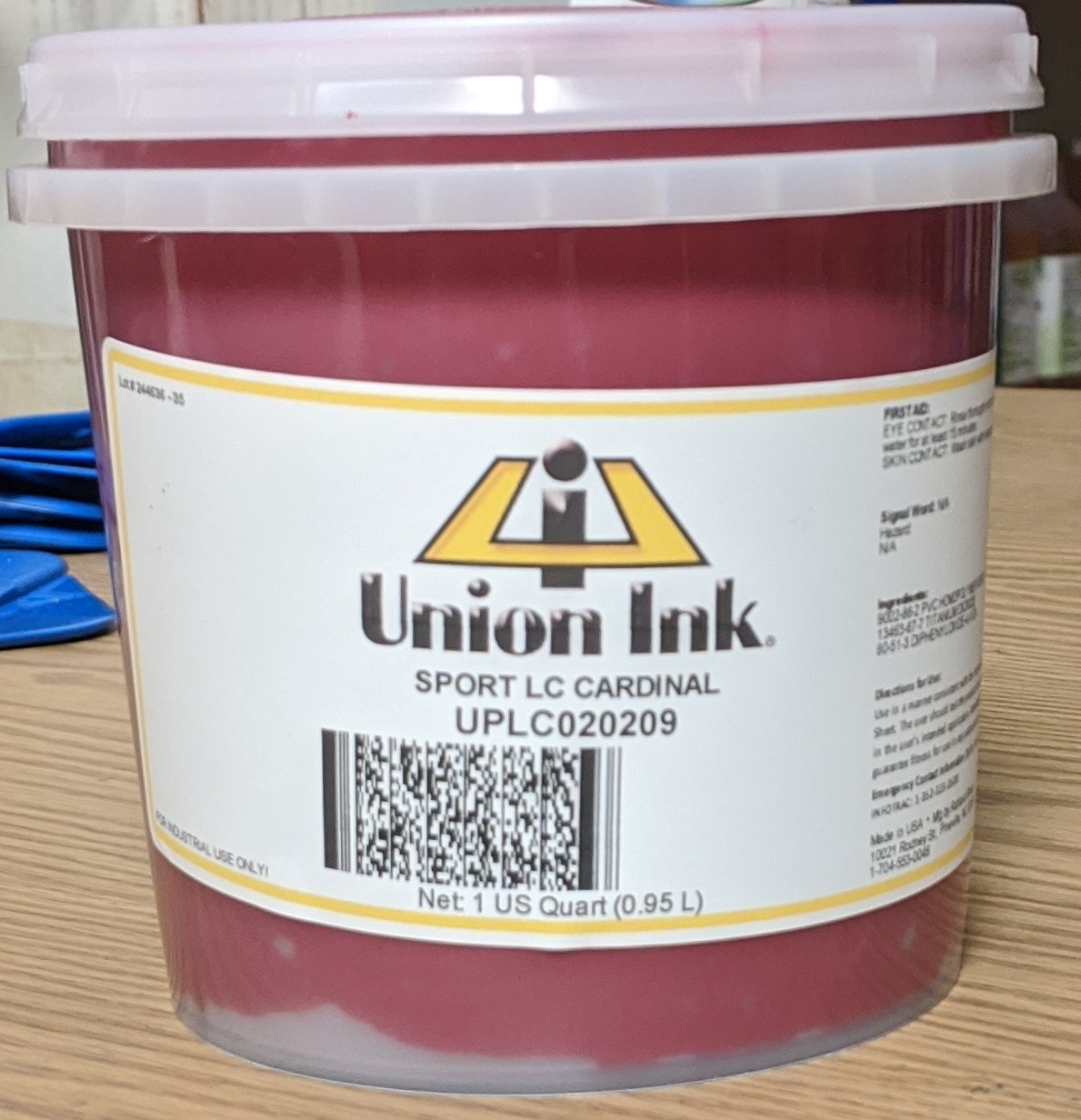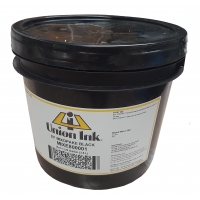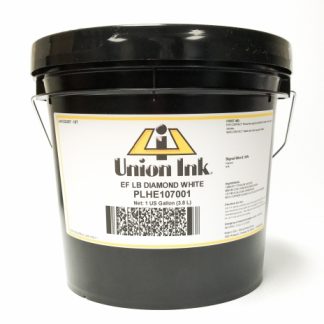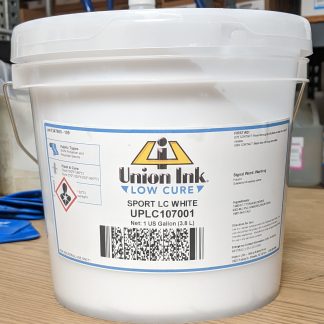Description
With the continued growth of polyester and blended fabrics, screen printers face many challenges choosing the right inks to print— including overcoming dye migration and getting a softer hand of the print. The dyes used in certain polyester fabrics can migrate into the printed area when cured at normal (320°F/160°C) temperatures resulting in quality issues with printed goods being possibly returned or even scrapped. Standard plastisol inks also impart a heavy hand that does not correlate with the fashion forward softer fabrics.
These inks are formulated to cure at a lower temperature to lower energy consumption, prevent shrinkage of heat-sensitive fabrics, and minimize dye migration, even on fabrics prone to bleed. The inks are creamy in texture, enabling faster printing, and provide a softer hand than standard-curing plastisol inks. Combine these attributes with the low ghosting, better mat down and high opacity printing, and printers have another option to solve common ink/substrate printing issues.
Features:
Excellent bleed resistance
- Prevent dye migration without the use of a barrier or underbase ink. For fabrics especially prone to ink bleed, printers can use the barrier gray or barrier black for added protection.
- Reduces energy consumption and achieves faster throughput.
Excellent opacity and coverage
- Print directly onto light or dark color fabrics.
- Reduces the need for an underbase ink.
Broad curing range profile
- Cure inks from 270°F (132°C) to 320°F (160°C) depending upon curing conveyor dryer settings and fabrics, to provide flexibility to manage print operations.
- Provides a potential single ink solution for varied printing needs.

